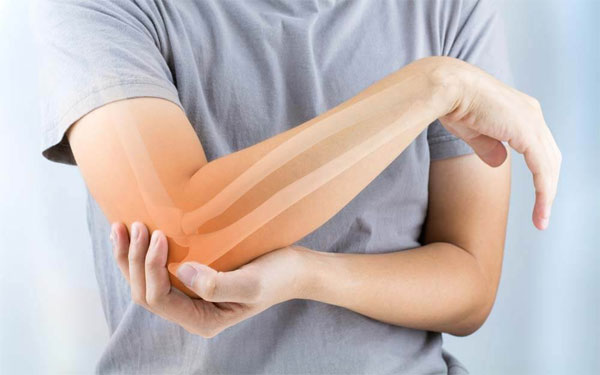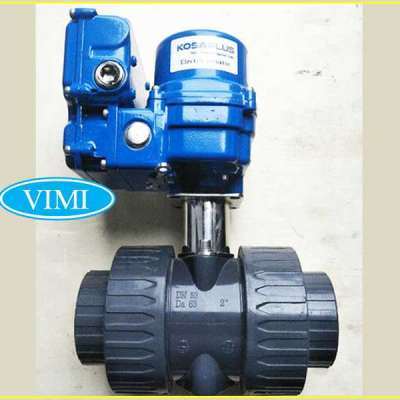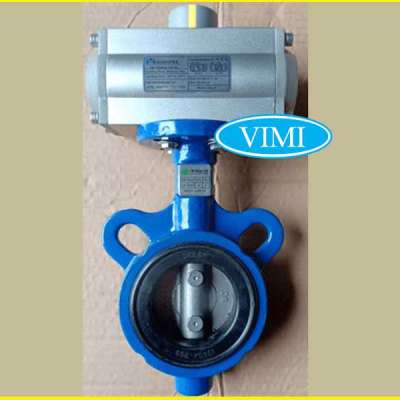Worried about Winter Joint Pain
Pain Management…Your spring in winter
Worried about winter joint pain in the journey of life, one may not even realize when the association of winter leads to joint pain.
Do winters remind you of painful stiff joints and reduced mobility? Do they remind you of the phrase” feeling under the weather”?
It is not only the joint pains which flare-up, but other pain conditions such as muscular pains, nerve pains, headaches, backaches, fibromyalgia etc may also increase in severity.
This problem is not limited to a certain age, with a sedentary lifestyle contributing to the increased incidence across all age-groups. Coping with pain in cold winter months requires extra efforts to avoid the worsening spiral of immobility and increasing pain. Scientific studies exploring the relationship between pain and weather, have had little consensus, regardless, this is commonly observed in clinical practice. One may appreciate that it’s not easy to evaluate the relationship as multiple factors like temperature, sunlight, atmospheric pressure, humidity, diet etc change at the same time. The other variables like diet, mood and activity levels can have a secondary impact too.
Tips To Prevent Pain Surges in Winter
From a practical perspective, it is best to focus on what we can influence like lifestyle changes. Here are some suggestions
Regular exercise
Exercise has a beneficial impact on metabolism and promotes the release of essential body chemicals. This produces a sense of well being and helps combat stiffness and pain. Warm up helps to prepare the body for the exercise and reduce injuries. Static stretching which means holding stretch position while you’re cold is not a good practice.
Stretch muscles only once you are warmed up. It’s best to start with regular, slow exercises under the guidance of professionals, keeping in mind one’s pain issues and fitness levels. The workout can be gradually increased as the body adapts to the new activity levels.
Generally, light aerobic workout, swimming, stationary bikes and walking are good exercise options. Simple strategies like having an exercise buddy help to stay on track and motivated. Don’t let adverse outdoor weather become an excuse as there is the option of using indoor facilities such as a gym.
Layer up and stay warm
Right dressing gear not only keeps one warm but also promotesease of motion. Heavy, bulky clothing restricts activity and is difficult to wear. One may achieve the same warmth by using multiple less bulky layers, which have added advantage of the ease of removing.
Body parts with comparatively less natural insulation can be protected by simple gear such as gloves and socks. This is more important for individualst roubled by hand, foot arthritis or cold extremities. Maintaining a comfortable home temperature also helps to reduce inactivity.
Heat therapy
Heat therapy promotes elasticity and blood flow of tissues reducing stiffness and pain. Simple measures such as warm baths, heat pads and hot water bottle can often make a big difference in your activity and pain levels.
Sensible eating
One can easily fall victim to the indulgences of the festivities & holiday season by overeating. A balanced, healthy, natural diet containing fresh vegetables and fruits, essential mineral and vitamins such as calcium, vitamin D can go a long way in supporting your joints & bones.
Avoid sugary, processed food, as well as foods high in saturated fat. Foods with anti-inflammatory effect or rich in antioxidants and omega 3 fatty acids can be beneficial. Keeping yourself well hydrated is equally important.
Maintain a healthy body weight
Less weight means less pressure on joints such as the knee and hip. Reducing a few kilograms and being in the optimal BMI range can make significant difference to pain levels and mobility.
Seek help early
Be cautious especially in areas where there is snowfall, early morning frost to avoid injuries and falls. Do not ignore your pain issues.A simple knee or back pain can significantly impair one’s quality of life. These conditions are often accepted as part of ageing, stopping individuals from exploring treatment options. An experienced specialist focusing on holistic management, rather than just treating the disease can help you achieve good outcomes.
How Pain Management can be helpful
Pain specialists routinely deal with persisting pain and have a good understanding of underlying mechanisms and ways of reducing the impact on life. Pain clinics use a multi–disciplinary approach, where specialists from different fields such as pain specialists, physiotherapists, dietician, occupational therapists, psychologists workas a team to maximize your gains.
For example, if one is suffering from knee pain due to osteoarthritis then for maximum pain reduction, one needs to supplement the pain interventions (injections or other procedures) and medications with reducing the load on the joint by weight management and strengthening the joint support framework by physiotherapy and occupation therapy.
Pain clinic interventions such as ultrasound, x-ray guided injections like nerve blocks and spinal injections are routinely performed low risk, minimally invasive procedures, without the need for prolonged hospitalization. Simple day care procedures such as Radiofrequency treatment have the potential for providing prolonged pain relief for common problems like back and neck pain.
The treatments offered in pain clinics often serve as alternative to more invasive options such as surgery and as a rescue technique if surgery has not achieved the desired goals. Some of these options are unique and the technological advancement has opened new avenues in pain management such as cooled radio frequency for managing knee osteoarthritis pain and spinal cord stimulators for managing nerve pain.
Besides these, the regenerative medicine options such as stem cells and platelet-rich plasma have the potential to change the way we look at managing some of these chronic conditions.
Like in other chronic conditions such as diabetes and blood pressure, your pain therapy also needs to be adjusted as your condition changes. It is time to address chronic pain as a disease and not just as a symptom…It is time to tap the huge potential that this relatively new branch of pain medicine has in the improvement in the quality of life.
https://www.removemypain.com/b....log/worried-about-wi
#arthritis, #jointpainmanagementindelhi, #painmanagementspecialist, #winterjointpain, #painspecialistindelhi, #painmanagementspecialistindelhi, #healthcare, #jointpainspecialistsindelhi
Me gusta
Comentario
Compartir
















